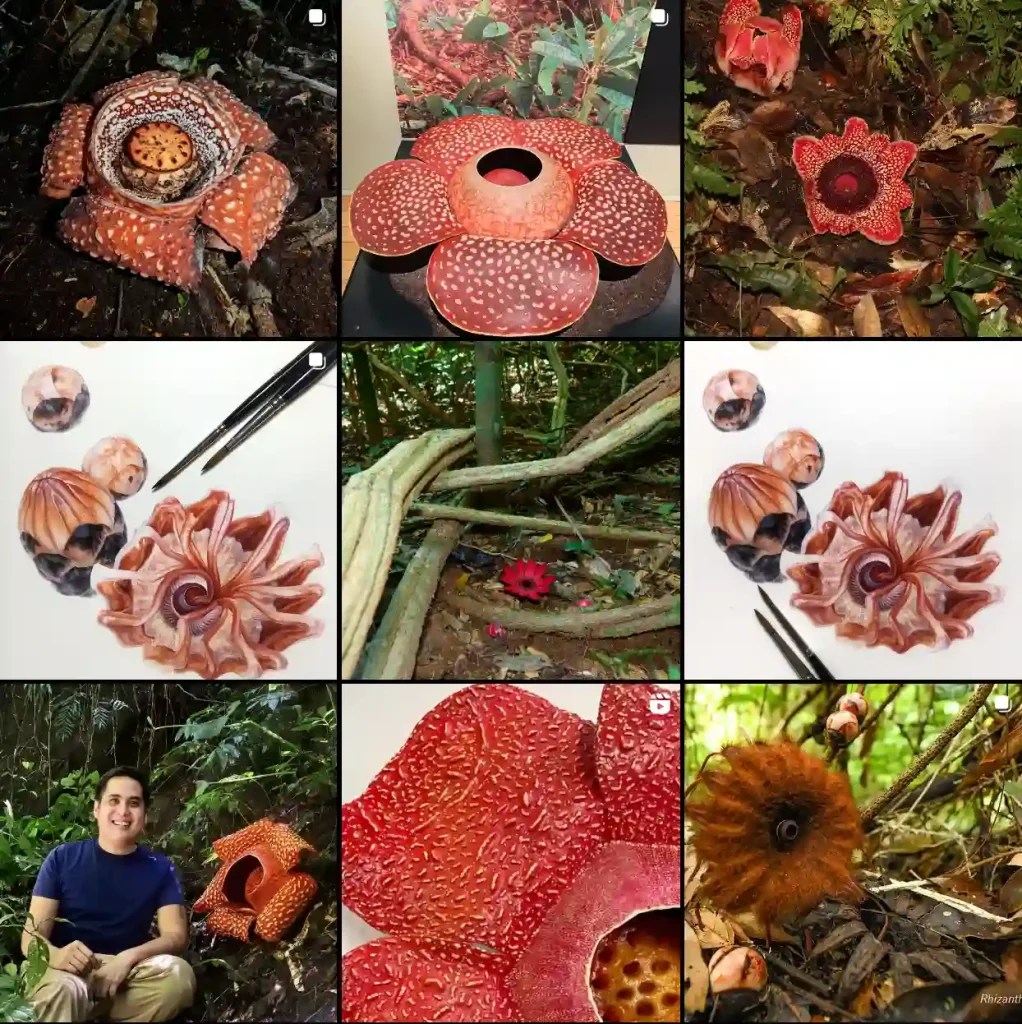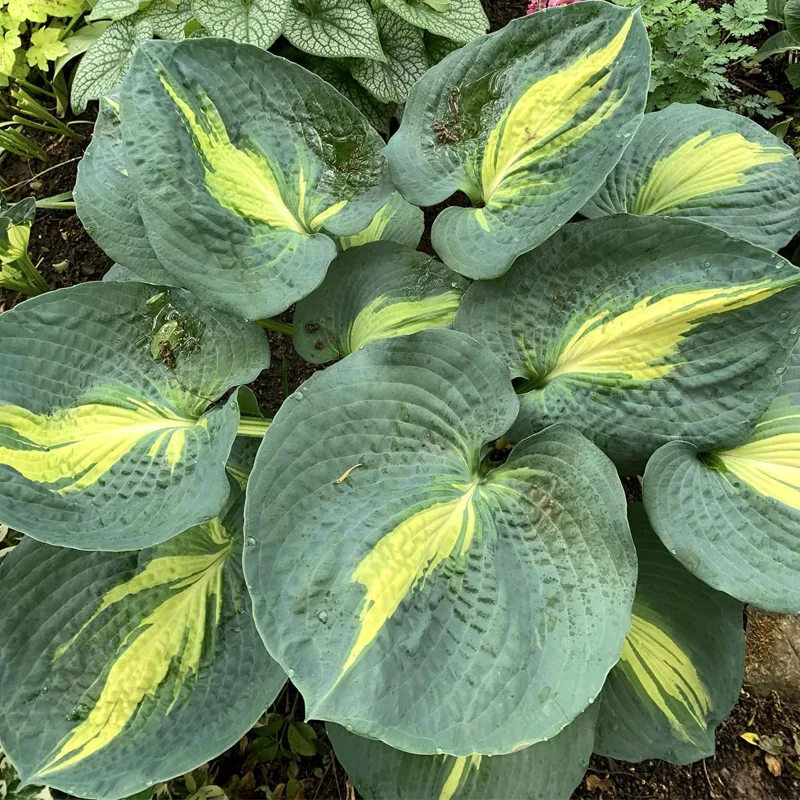
Hairy Beardtongue (Penstemon Hirsutus): A Gardener’s Guide
I’m Ferb Vu, and I’m here to answer your questions about the Hairy Beardtongue, a charming perennial with a mouthful of a name – Penstemon Hirsutus. This tough-as-nails native wildflower is a welcome addition to gardens seeking beauty and ecological benefit.
288 Species in Genus Penstemon
What is Penstemon Hirsutus?
Penstemon Hirsutus – The Hairy Beardtongue is a flowering perennial belonging to the plantain family (Plantaginaceae). Native to eastern North America, it thrives in dry woods, rocky fields, and open woodlands.
Living up to its name, the plant boasts hairy stems that can reach up to 3 feet (90 cm) in height. The opposite, stalkless leaves are lance-shaped and add a touch of greenery throughout the season. But the real showstopper is the bloom.
From late May to late June, airy clusters of delicate, tubular flowers erupt on the upper half of the plant. These come in various shades of lavender, adding a touch of elegance to your garden. The long, thin blooms have five petals with a protruding, hairy lower lip, giving rise to the common name “beardtongue.”
Is Hairy Beardtongue Easy to Grow?
Absolutely! Hairy Beardtongue is a low-maintenance plant that thrives on neglect (almost). Here’s what you need to know:
- Light: Full sun to partial shade. It tolerates a wide range of light conditions, making it versatile for most garden placements.
- Soil: Well-drained soil is key. Hairy Beardtongue doesn’t appreciate soggy conditions, so average clay or any medium garden soil with good drainage works well.
- Watering: Once established, Hairy Beardtongue is drought-tolerant. Occasional watering during extended dry periods is sufficient.
- Fertilizer: This is another area where you can relax. Hairy Beardtongue isn’t a fertilizer hog and does well without any additional feeding.
How to Care for Hairy Beardtongue?
While Hairy Beardtongue is low-maintenance, a few basic care tips will ensure it thrives in your garden:
- Deadheading: Removing spent flowers encourages continuous blooming throughout the season. Simply pinch off the flower heads at the base of the stem after they fade.
- Cutting Back: After flowering is finished, you can cut the plant back by about half to promote bushier growth. This will also encourage a potential fall bloom.
- Winter Care: Hairy Beardtongue is winter-hardy in zones 3 to 8. In colder climates, you can apply a light layer of mulch around the base of the plant for extra winter protection.
Where to Plant Hairy Beardtongue?
Hairy Beardtongue’s compact size and versatility make it a great addition to various garden settings:
- Rock gardens: The plant’s tolerance for dry conditions makes it a perfect choice for rock gardens.
- Wildflower meadows: Hairy Beardtongue blends beautifully with other native wildflowers, creating a natural and inviting space.
- Borders: The delicate blooms add a pop of color to borders, attracting pollinators like butterflies, bees, and hummingbirds.
- Containers: Hairy Beardtongue can also be grown in containers, adding a touch of elegance to patios and balconies.
Benefits of Growing Hairy Beardtongue
There are many reasons to include Hairy Beardtongue in your garden:
- Low-maintenance: As mentioned earlier, this plant is a dream for busy gardeners.
- Pollinator magnet: The blooms attract a variety of pollinators, beneficial insects that help your entire garden flourish.
- Beauty: The delicate lavender flowers add charm and elegance to any garden space.
- Native plant: Hairy Beardtongue supports local ecosystems by providing food and habitat for native pollinators and butterflies like the Baltimore Checkerspot butterfly, which uses the plant as a host for its larvae.
Conclusion
Hairy Beardtongue is a delightful perennial that offers beauty, ecological benefit, and ease of care. So, if you’re looking for a low-maintenance plant that adds a touch of charm to your garden, look no further than the Hairy Beardtongue. With its minimal needs and stunning blooms, it’s sure to become a favorite.




